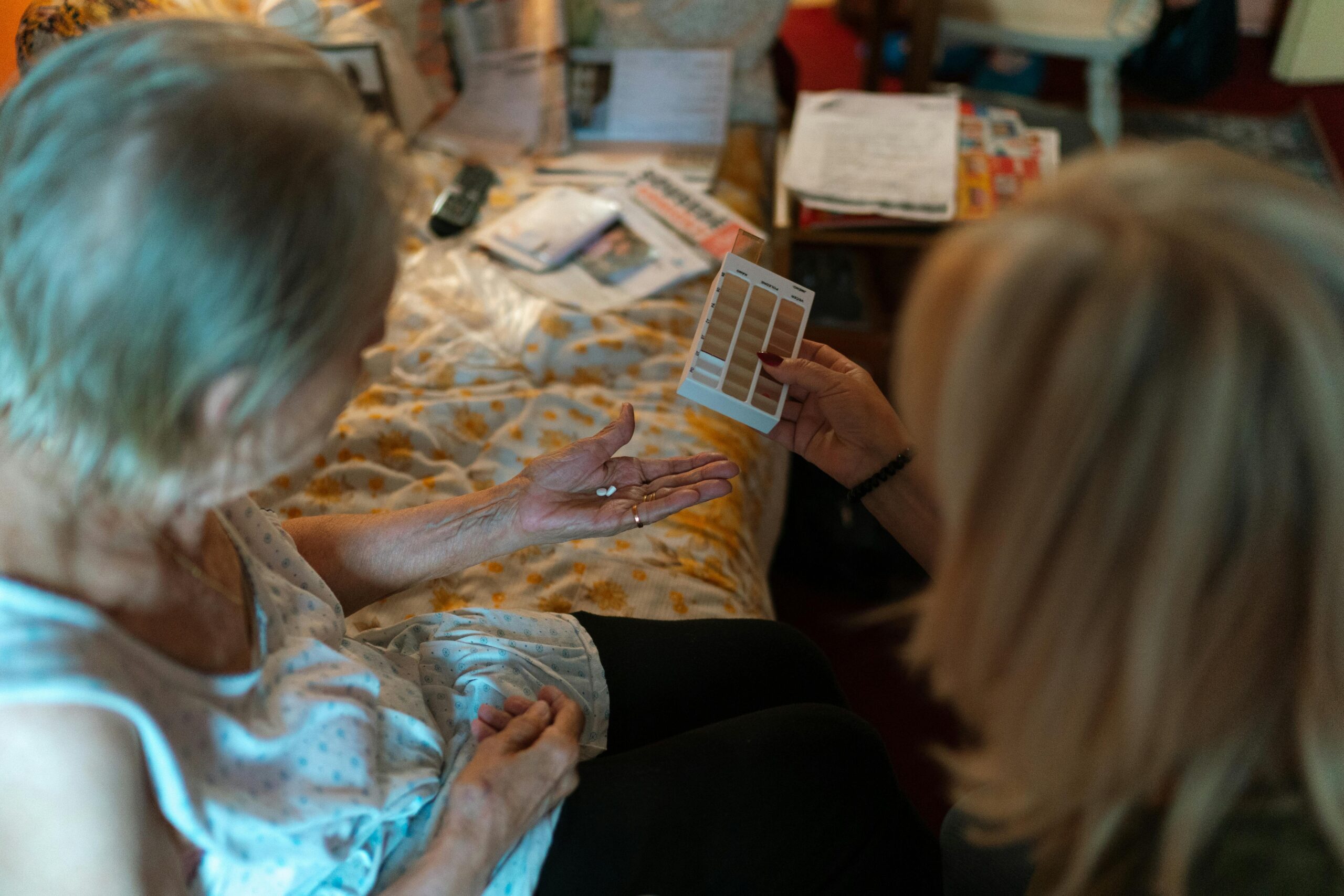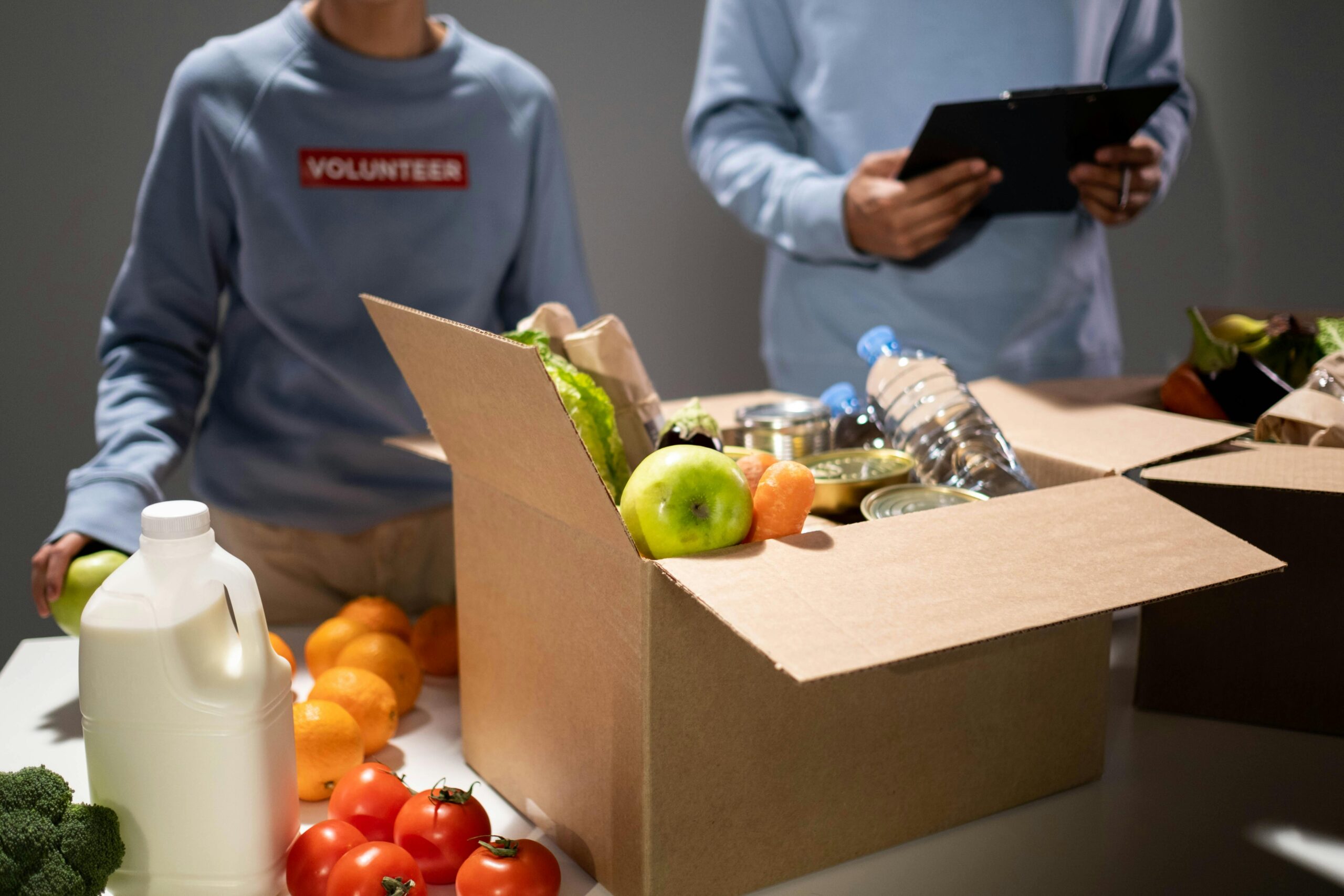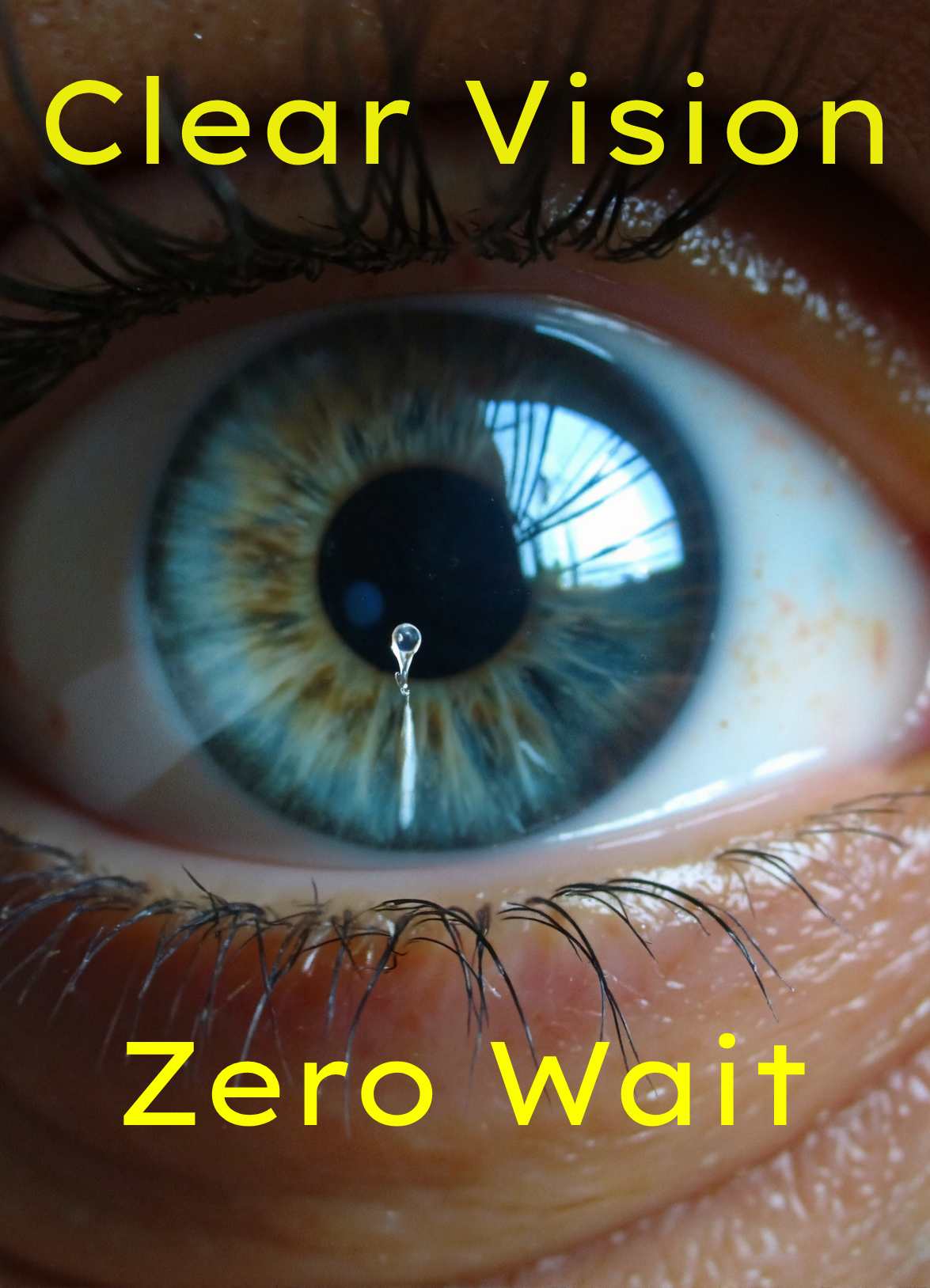News Tips

Early Signs of Dementia: 12 Changes Families Shouldn’t Ignore
Early Signs of Dementia: 12 Changes Families Shouldn’t Ignore Early Signs of Dementia: 12 Changes Families Shouldn’t Ignore in NYC NYC home care aides can support families who are starting to notice early dementia symptoms in aging parents. Key Takeaways Early signs of dementia often look like normal aging at first but become more frequent […]
Read More
NYC Free Food: How to Find Pantries, Hot Meals, and Mobile Markets Near You
NYC Free Food: How to Find Pantries, Hot Meals, and Mobile Markets Near You NYC Free Food: How to Find Pantries, Hot Meals, and Mobile Markets Near You No New Yorker should go hungry. If you or a neighbor needs food today, here are the fastest, official ways to find free groceries, hot meals, and […]
Read More
See Clearly Again in 30 Minutes: Breakthrough Eye Drops Stun Doctors
What are VIZZ eye drops, and how do they restore vision? In short: VIZZ is the only FDA-approved acedidine eye drop for presbyopia as of 2025. Restores near vision within 30 minutes; effect lasts up to 10 hours. Phase 3 trials: 70% of users improved near vision significantly. Updated August 2025 As of August […]
Read More
DRAGON-01 Study Reveals Breakthrough in Gastric Cancer Treatment
Introduction DRAGON-01 Study: New Hope for Advanced Gastric Cancer with Peritoneal Metastasis Gastric cancer remains one of the most challenging malignancies to treat, especially in its advanced stages. In the United States, over 26,000 new cases are diagnosed each year, with many patients already in late-stage progression when symptoms emerge. A particular hurdle arises when […]
Read More
How IoT Is Transforming Healthcare in 2025 | Smart Devices, Real Impact
How IoT Is Revolutionizing Healthcare in 2025 In today’s world, healthcare is no longer confined to clinics and hospitals. Thanks to the Internet of Things (IoT), a new generation of smart medical devices is transforming how patients are monitored, treated, and supported — even from the comfort of their own homes. These devices don’t just collect […]
Read More
World Down Syndrome Day 2025
World Down Syndrome Day: Honoring the Doctor Who Discovered Trisomy 21 A Global Celebration of Inclusion and Awareness Every year on March 21, the world comes together for World Down Syndrome Day. It’s a day to raise awareness, advocate for rights, and honor the lives and contributions of individuals with Down syndrome. But this day also commemorates […]
Read More
Apple Watch Health Features (2025): Full Guide to Smart Medical Monitoring
Apple Watch Health Features (2025): Full Guide to Smart Medical MonitoringWhy Your Health Is All About Data NowApple Watch health features are redefining how we take care of ourselves in 2025. From detecting irregular heart rhythms to tracking your sleep quality, Apple’s wearable tech empowers users to monitor their health in real time—and even save […]
Read More
Apple Watch Health Features (2025): Full Guide to Smart Medical Monitoring
Apple Watch Health Features (2025): Full Guide to Smart Medical Monitoring Why Your Health Is All About Data Now Apple Watch health features are redefining how we take care of ourselves in 2025. From detecting irregular heart rhythms to tracking your sleep quality, Apple’s wearable tech empowers users to monitor their health in real time—and even […]
Read More